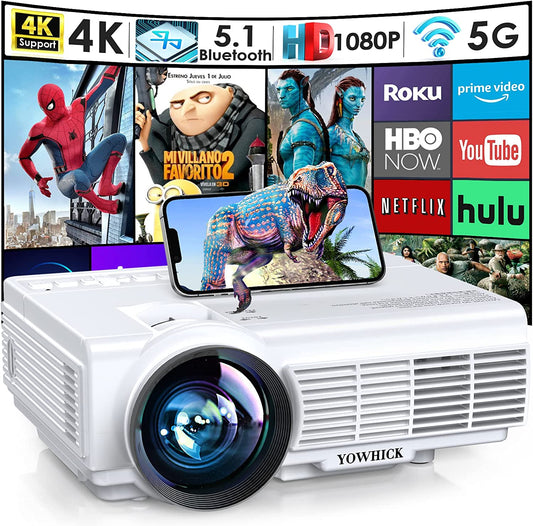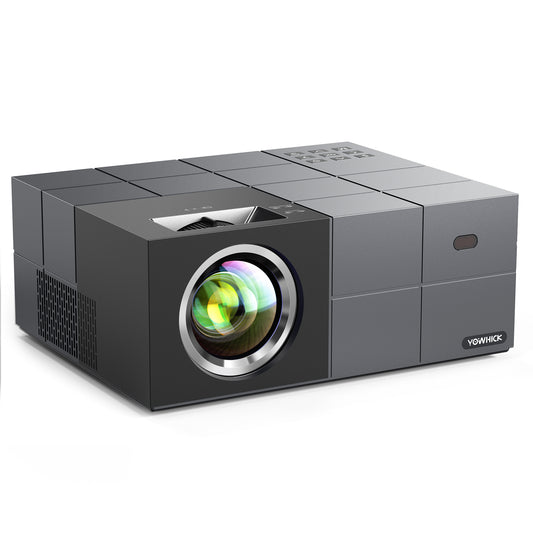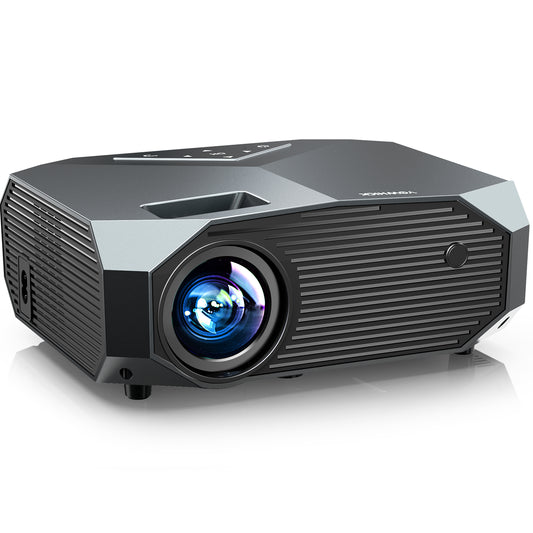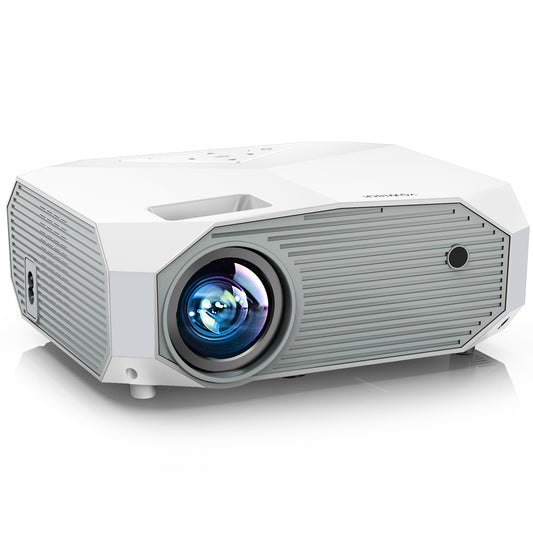Mounting a projector screen can greatly enhance your home theater or presentation setup, providing a larger, more immersive viewing experience. However, the process of mounting a projector screen can seem daunting if you're unfamiliar with the necessary steps. In this comprehensive guide, we will walk you through each stage, ensuring you have the knowledge and confidence to successfully mount your projector screen. Follow these step-by-step instructions to create your very own cinematic display.
Step 1: Gather the Required Tools and Materials
Before you begin, gather the following tools and materials to ensure a smooth installation process:
- Tape measure
- Level
- Stud finder
- Drill and drill bits
- Screwdriver
- Pencil or marker
- Mounting brackets (specific to your projector screen)
- Wall anchors (if necessary)
- Screws (appropriate size for your wall type)
- Safety goggles
Step 2: Determine the Optimal Screen Placement
Before mounting your projector screen, it's essential to determine the optimal placement for your viewing experience. Consider the following factors:
- Viewing distance: Determine the distance between the screen and the seating area for optimal viewing comfort. Generally, a distance of 1.5 to 2 times the diagonal screen size is recommended.
- Ceiling height: Ensure that the ceiling height is sufficient to accommodate the screen and any necessary mounting brackets or hardware.
- Ambient light: Consider the amount of ambient light in the room. Position the screen away from direct light sources or use blackout curtains to minimize glare.
Step 3: Locate Wall Studs
To ensure a secure installation, locate the wall studs using a stud finder. Mark the position of the studs with a pencil or marker. Mounting your projector screen to studs provides maximum stability and prevents the screen from falling.
If you're unable to locate studs in your desired screen placement area, you'll need to use wall anchors for added support. Choose suitable wall anchors based on your wall type (e.g., drywall, concrete) and follow the manufacturer's instructions for installation.
Step 4: Install Mounting Brackets
Refer to the instructions provided with your projector screen to determine the specific installation requirements for the mounting brackets. Most projector screens come with mounting brackets that attach to the wall.
- Hold one bracket against the wall, aligning it with the marked stud or wall anchor positions. Use a level to ensure it is perfectly straight.
- Mark the position of the screw holes on the wall using a pencil or marker.
- Pre-drill holes at the marked positions using an appropriately sized drill bit.
- Attach the bracket to the wall using screws, ensuring it is securely fastened to the studs or wall anchors.
- Repeat this process for the remaining brackets, ensuring they are evenly spaced for proper screen balance.
Step 5: Attach the Projector Screen to the Brackets
Now that the mounting brackets are securely installed, it's time to attach the projector screen. Enlist the help of a friend or family member to make the process easier and safer.
- Carefully lift the projector screen and align it with the installed mounting brackets.
- Depending on your specific projector screen model, you may need to attach the screen using hooks or clips provided with the screen. Follow the manufacturer's instructions for proper attachment.
- Double-check that the screen is level and properly aligned with the brackets.
- Securely fasten the screen to the brackets, ensuring it is firmly in place.
Step 6: Test and Adjust
Once the projector screen is mounted and securely attached, it's time to test and make any necessary adjustments for optimal viewing.
- Lower the projector screen to its fully extended position. Ensure that it smoothly rolls down and locks into place.
- Test the screen's stability by gently shaking it. It should remain securely mounted without any wobbling or loosening.
- Use a level to confirm that the screen is perfectly horizontal and not tilted to one side. Adjust the mounting brackets if needed to achieve a level position.
- Project a test image onto the screen to assess the clarity and visibility. Make any adjustments to the projector's position or focus to achieve the desired image quality.
- Sit in your viewing area and assess the screen's position and height. Ensure that it is at an appropriate height for comfortable viewing from all seating positions.
- If necessary, make additional adjustments to the screen's height, angle, or horizontal alignment until you achieve the optimal viewing experience.
Step 7: Cable Management
To maintain a clean and organized setup, consider implementing cable management techniques:
- Use cable clips or adhesive cable holders to secure and route the projector's power cord and any other cables along the wall or ceiling.
- If the projector screen has a motorized mechanism, ensure that the power cord is properly routed and safely connected.
- Use cable ties or cable sleeves to bundle and conceal cables, reducing clutter and tripping hazards.
- If feasible, consider running cables through walls or using conduit to create a seamless appearance.
Conclusion
By following this step-by-step guide, you now have the knowledge and skills necessary to successfully mount your projector screen. Remember to gather the required tools, determine the optimal placement, locate wall studs or use wall anchors, install the mounting brackets, attach the screen securely, and test and adjust for optimal viewing. With your projector screen mounted, you can now sit back, relax, and enjoy an immersive cinematic experience in the comfort of your own home or make impactful presentations in a professional setting.









